27.30 zł
Zamówienie wyślemy do 00 00 00
| Autor | |
|---|---|
| ISBN | |
| Rok wydania | |
| Liczba stron | |
| Format | |
| Cena katalogowa |
Contents, Foreword 1. Introduction 2. The contexts 2.1. Mobility in the Late Neolithic and the Early Bronze Age 2.1.1. Introductory remarks 2.1.2. Mobility and mountain pasturing in Europ 2.1.3. Mobility in the Late Neolithic and the Early Bronze Age. Archaeological data from southeastern Poland and the adjacent regions 2.2. Climate and climatic changes in the 4,h and 3rd millennium. BC 3. High Bieszczady Mts. and their surroundings 3.1. Environment information 3.2. Palynological data 3.2.1. Credibility of palynological data 3.2.2. Palynological record of human activities in pollen diagrams from the Polish Bieszczady 3.2.2.1. Foothills of the eastern part of the Polish Carpathians 3.2.2.2. The Lower Beskid 3.2.2.3. The Polish High Bieszczady 3.3. The High Bieszczady. Archaeological evidences – introduction 3.3.1. Archaeological materials from the High Bieszczady 3.3.1.1. Moczarne (valleys of the Solinka and the Beskidnik Creek) 3.3.1.2. Połonina Wetlińska 3.3.1.3. Połonina Caryńska 3.3.1.4. Wetlina (the Wetlinka valley) 3.3.1.5. Bukowe Berdo 3.3.1.6. Wielki Dział 3.3.1.7. Mała and Wielka Rawka 3.3.1.8. Cisną 3.3.1.9. The Bukowska Pass 3.3.1.10. Wołosate (the Wołosaty Creek valley) 3.4. Chronological remąrks 3.5. Sites in the landscape 3.5.1. Altitude a.s.l 3.5.2. Fresh water springs 3.5.3. Salty springs 3.5.4. Local siliceous rocks 3.5.5. Potential natural communication routes 3.5.6. Spatial arrangement 3.5.7. Summing-up 4. The High Bieszczady as the mountainous periphery – economic motivations4.1. Pasturing 4.1.1. Adopting grounds 4.1.2. Natural clearings and lit through forests 4.1.3. Adapting natural and anthropogenic clearings for pasturing 4.2. Raw materials 5. Communication 6. The contacts 7. The conflicts 8. Summing-up. Mountain peripheries – the decision motifs 9. Mountain peripheries – new social and cultural relations 9.1. Social differentiation 9.2. Hierarchy and distinctiveness 9.3. Cultural changes 9.4. Summing-up 10. The conclusions, References
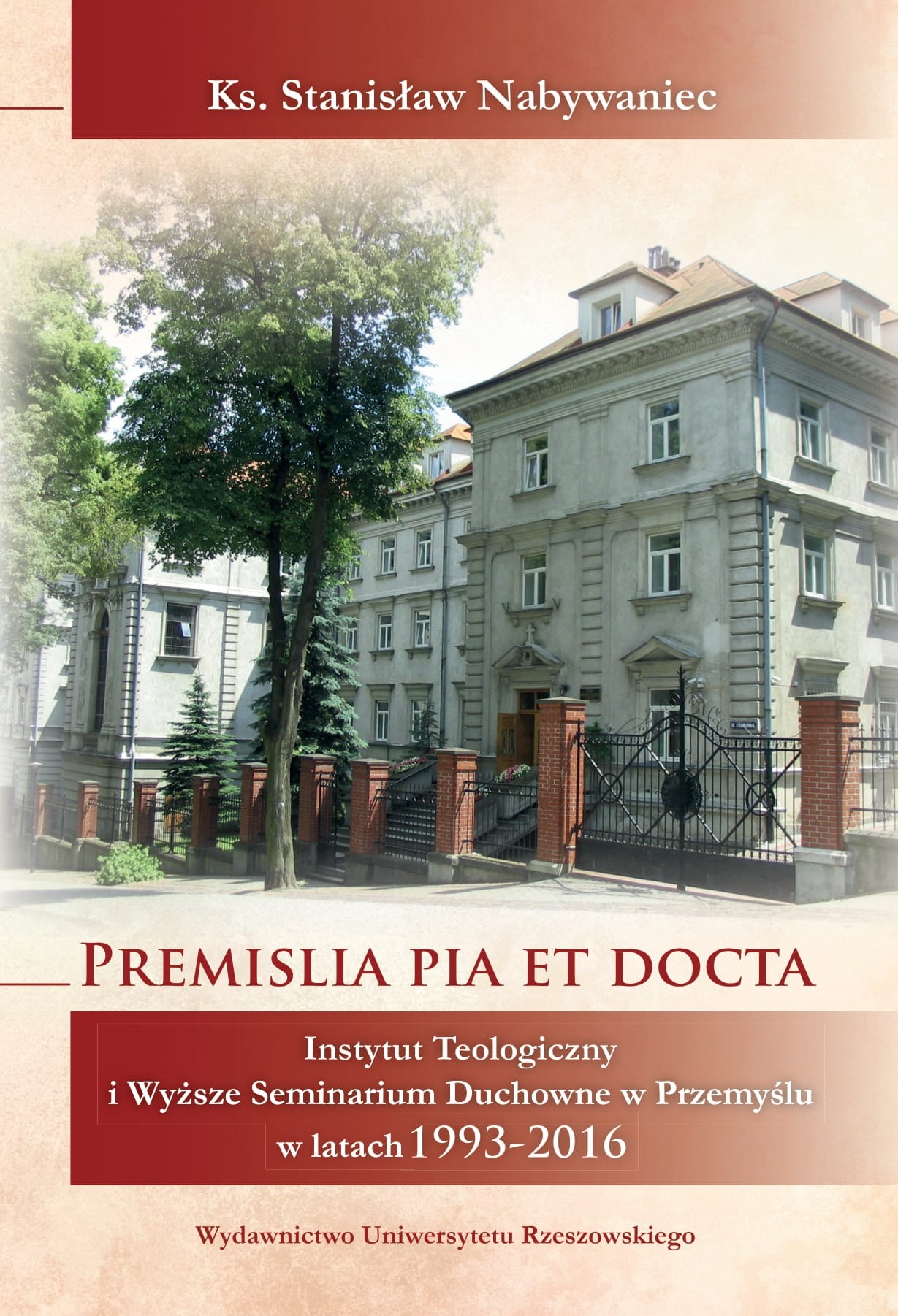


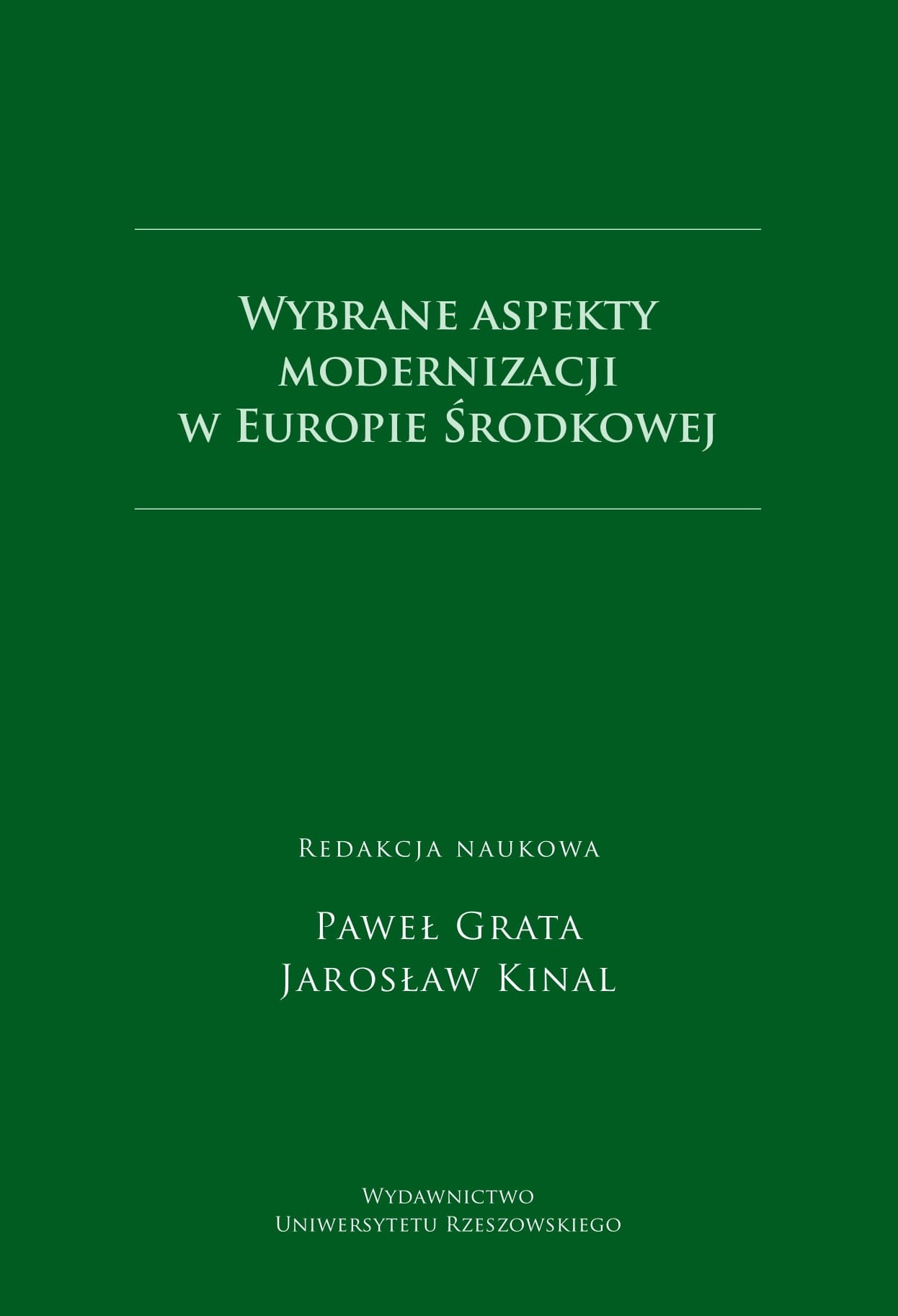
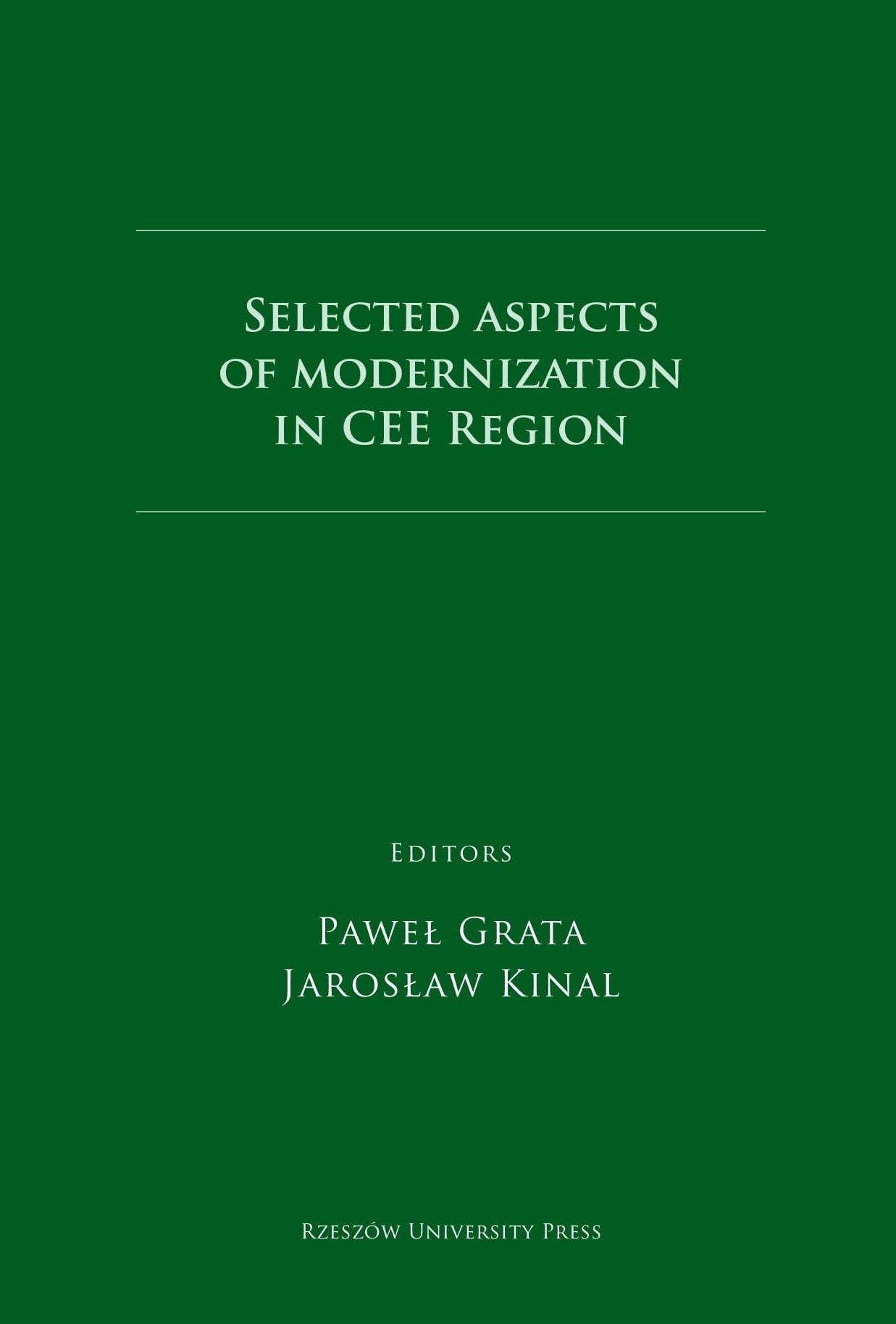
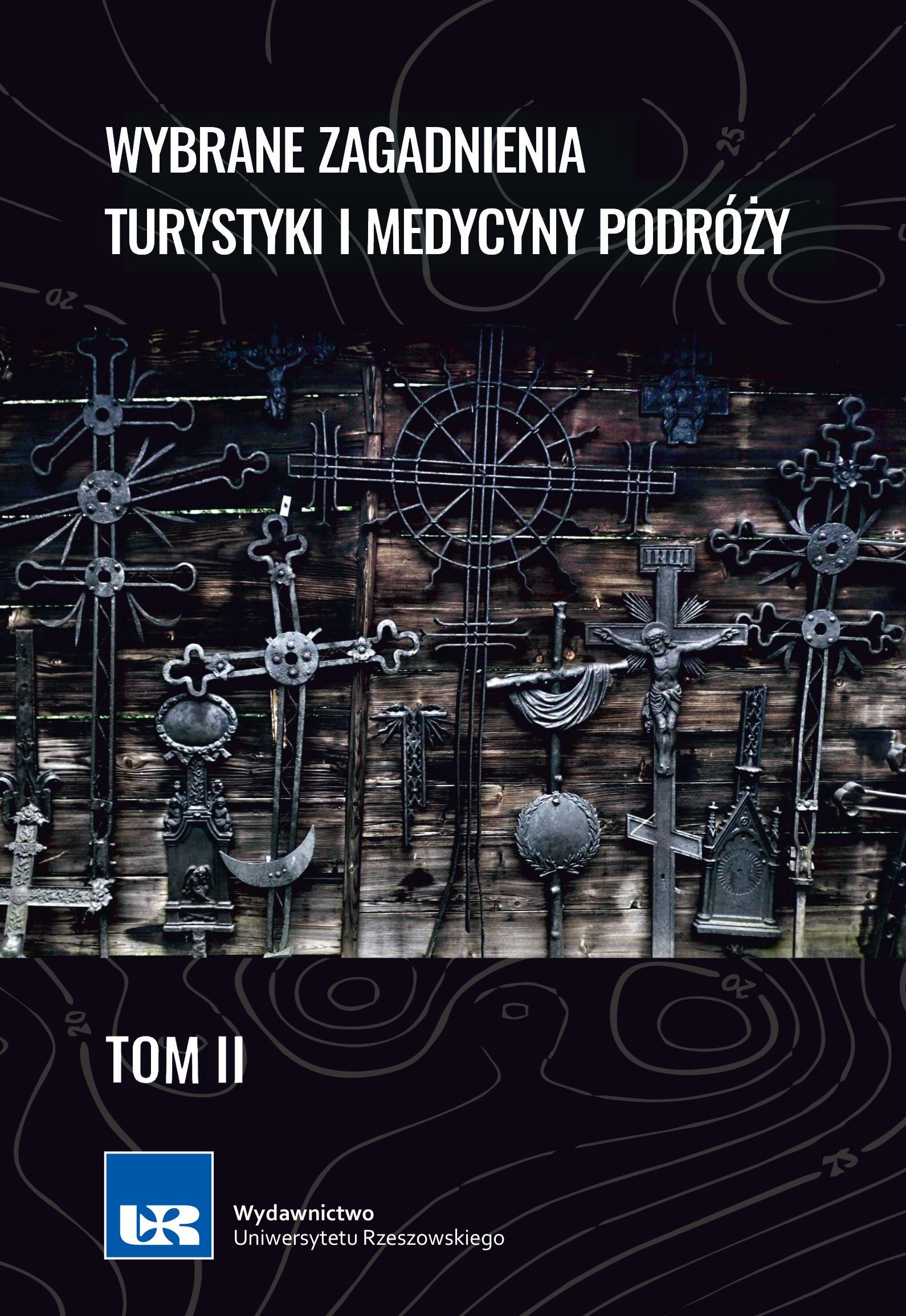
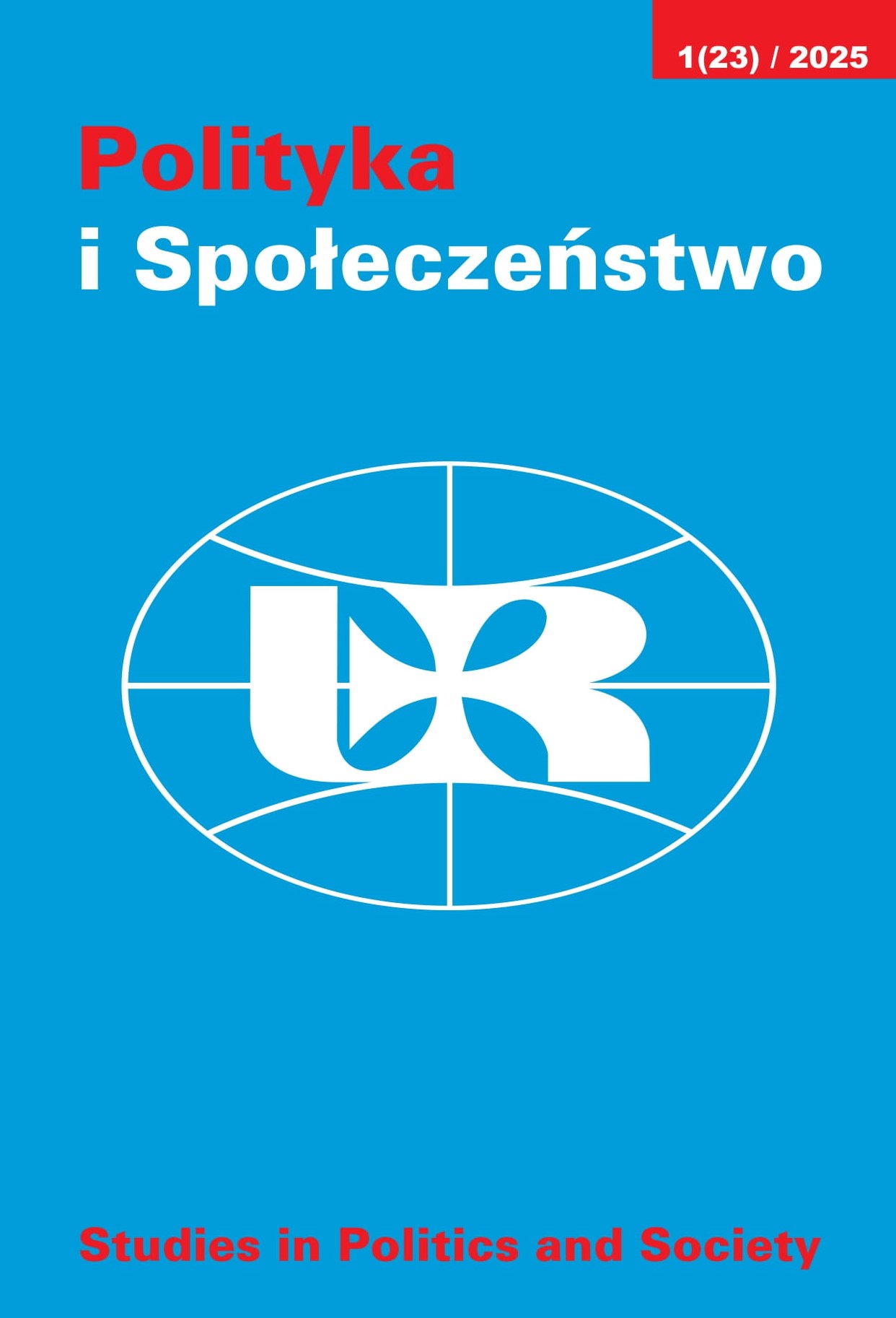
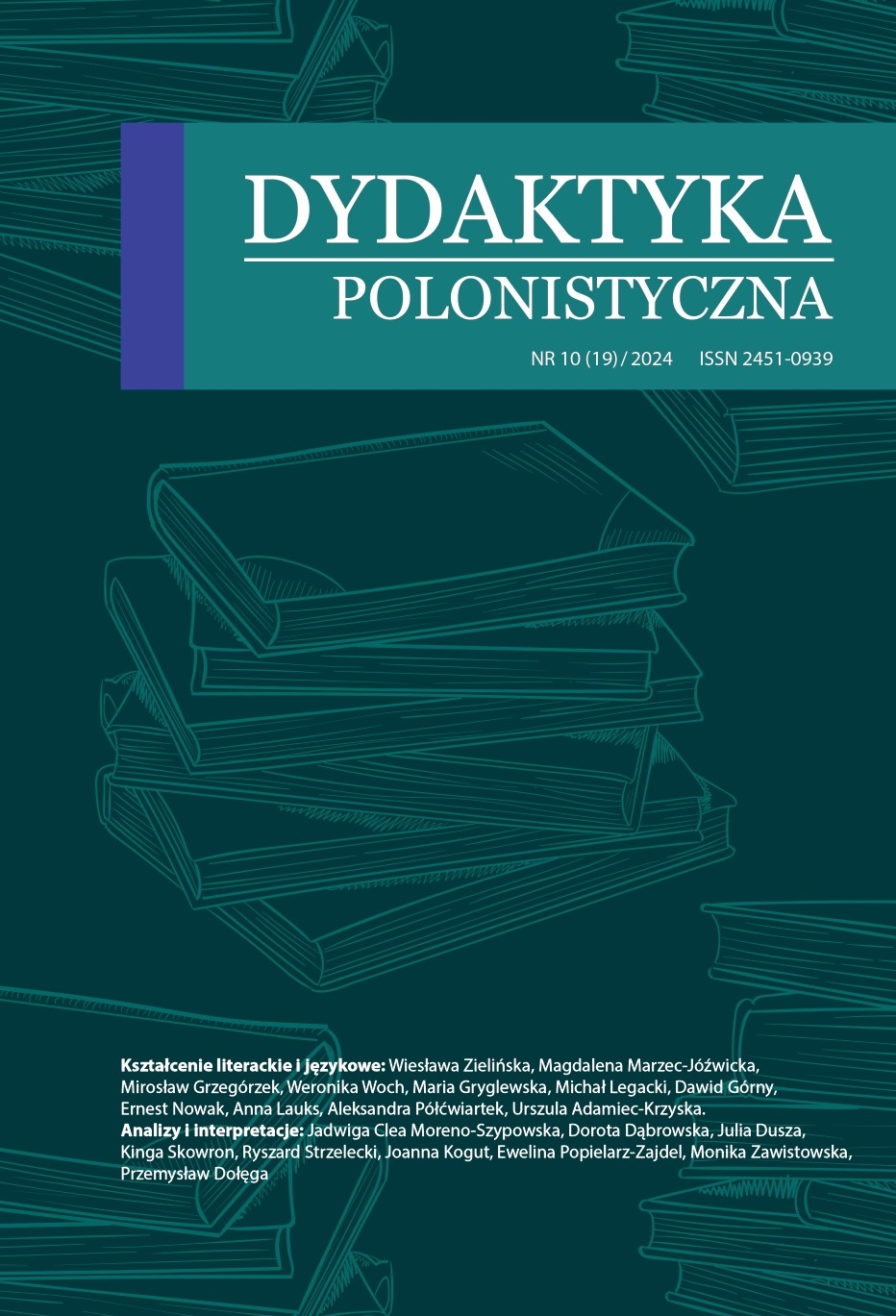
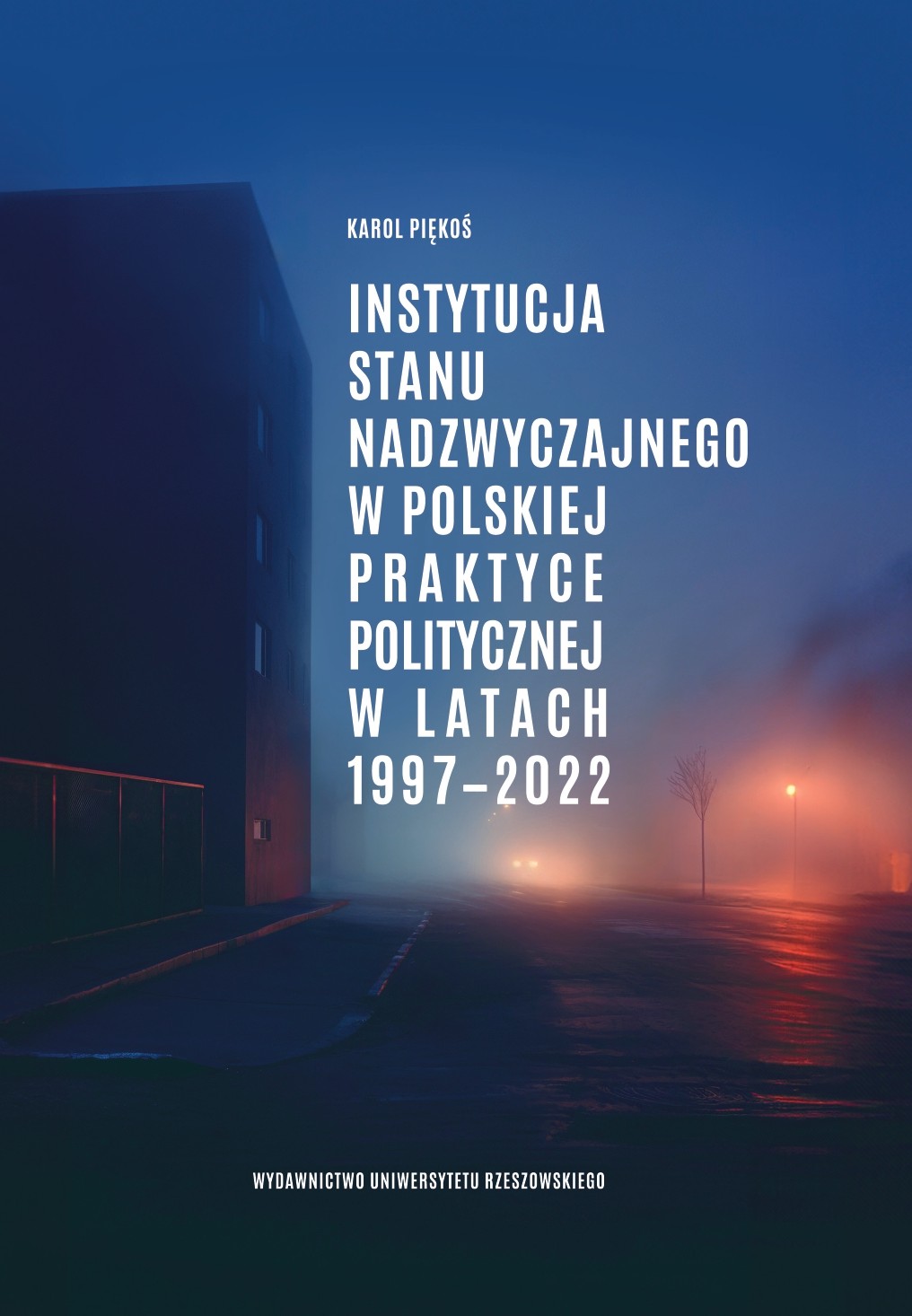
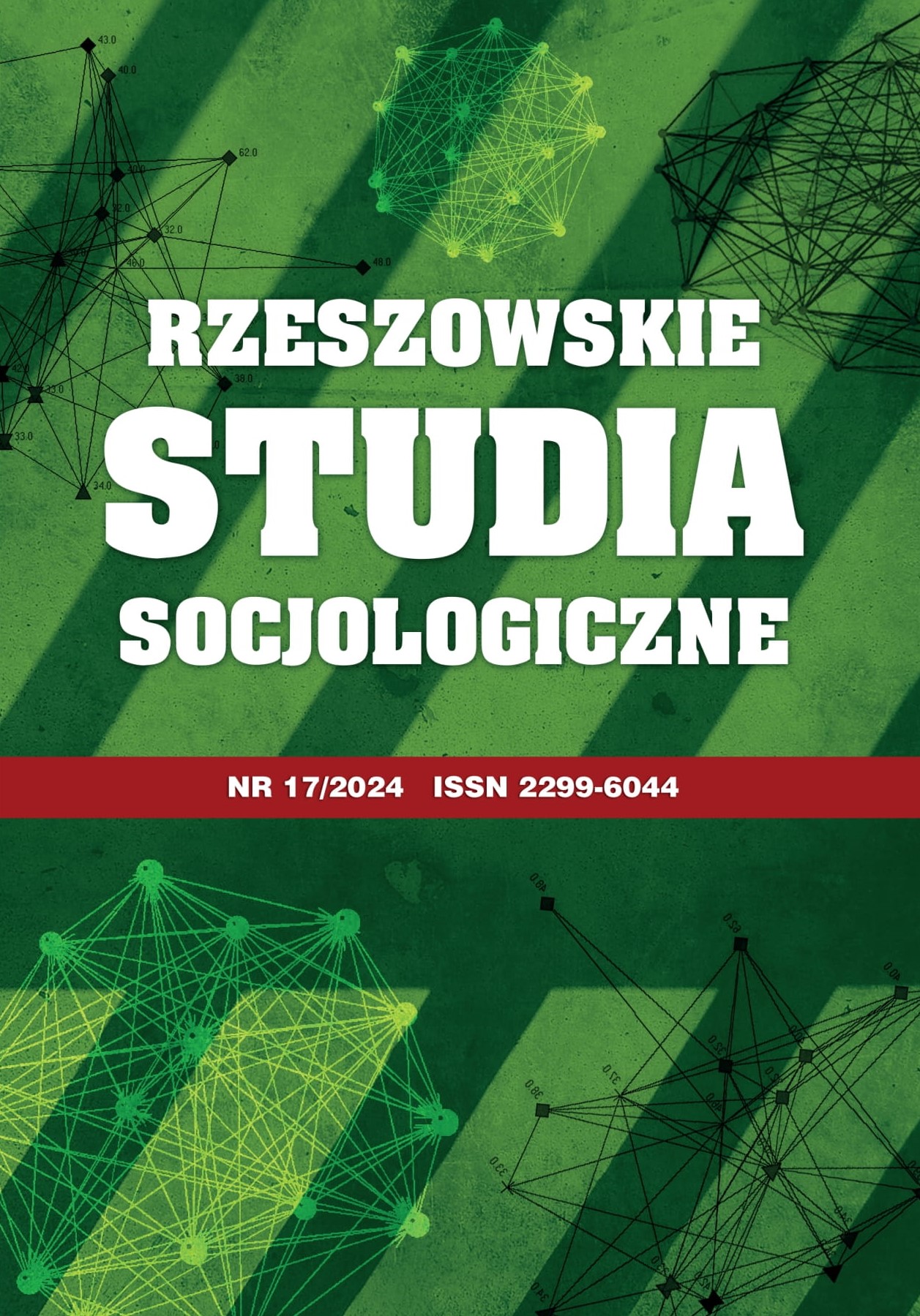

Copyright © 2025
wydawnictwo@ur.edu.pl
tel. 017 872 13 69 (Kolportaż)
tel. 017 872 14 37 (Dyrektor)
faks: 17 872 14 26
e-mail: wydawnictwo@ur.edu.pl
Adres:
ul. prof. St. Pigonia 6, 35-310 Rzeszów